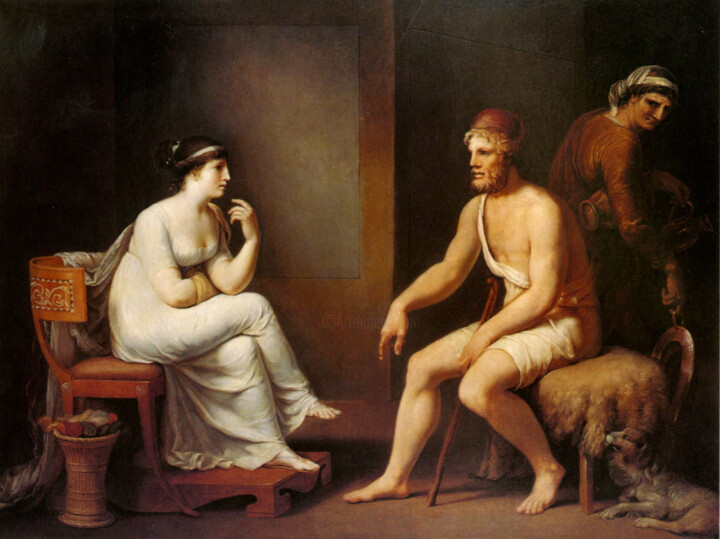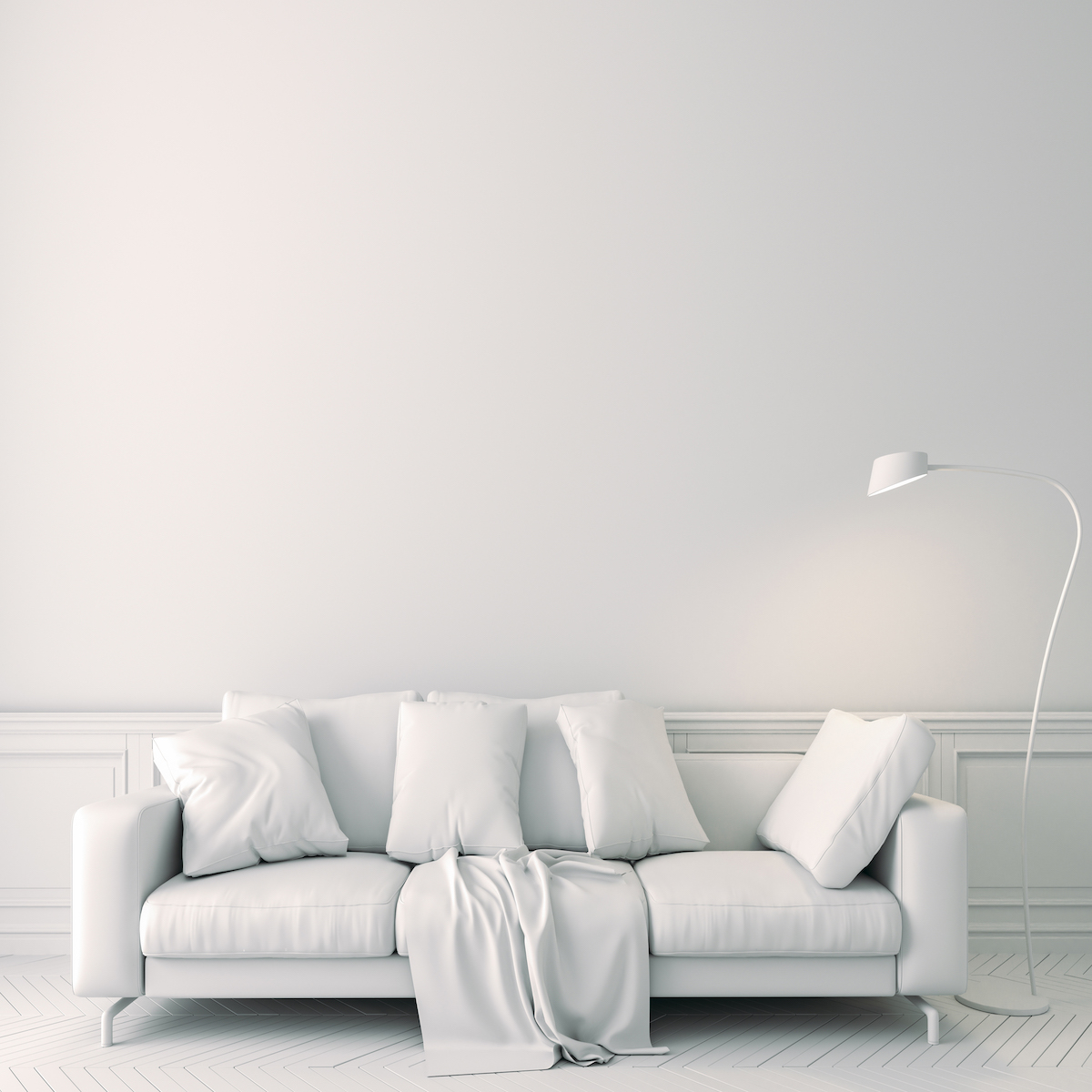


Ulysse et Pénélope (1802) Painting by Johann Heinrich Wilhelm Tischbein
"Fine-Arts" prints on paper
It is a process of printing on art paper using very high-quality pigment inks and printed in very high definition. Its level of conservation is exceptional (more than 100 years), its quality, depth, and richness of nuances exceeds the classic photo print on Argentic paper.

Glossy finish
Apart from its exceptional thickness, the fiber paper is composed of an alpha-cellulose base without acid and it is covered with barium sulphate, and a microporous layer absorption enhancing pigments during printing. A pure white color, non-yellowing to light, this paper is especially designed for resistance and aging. It is used by major museums worldwide as it offers excellent resolution, rendering deep and dense colors.
Art Print "Fine Art" - Glossy finish on a fiber base paper 325 g.

Our high end prints and reproductions
ArtMajeur only uses natural papers with neutral pH, resistant, and of high quality, selected from renowned papermakers!
Constant attention is paid by our master printer, whether in terms of color control or respect for the graphic chain. Our high level of quality requirement is a major asset of ArtMajeur framed art prints.
For Artists! You help artists to live from their work. They receive royalties everytime you buy their prints.
About our fine prints-
Original Artwork
Painting,
Oil
- Dimensions Height 34.2in, Width 42.5in
- Framing This artwork is not framed
- Categories Classicism Mythology
Le tableau est dominé par les deux figures centrales, Ulysse et Pénélope, situées dans un intérieur classique, évoquant l'ancienne Grèce. Ulysse est représenté comme un homme mûr, robuste, vêtu de draperies antiques, souvent avec des éléments qui rappellent ses aventures, comme son arc ou peut-être des allusions à son voyage. Pénélope, quant à elle, est souvent dépeinte comme une femme d'une beauté mélancolique, vêtue également à la manière antique, et son expression reflète la reconnaissance et l'émotion de retrouver enfin son époux.
Related themes
Johann Heinrich Wilhelm Tischbein, né le 15 février 1751 à Haina, Allemagne, et décédé le 26 février 1829 à Eutin, fut un peintre allemand de renom. Issu d'une famille d'artistes, Tischbein développa un intérêt pour l'art dès son jeune âge. Il étudia d'abord à Kassel avant de poursuivre sa formation à Paris et Venise. Tischbein est surtout connu pour son portrait de Goethe dans la campagne romaine, une œuvre emblématique qui captura l'esprit du néoclassicisme.
Il voyagea à travers l'Italie, où il fut influencé par l'antiquité classique et l'art de la Renaissance. À Rome, il se lia d'amitié avec Goethe, relation qui eut un impact significatif sur son œuvre. Tischbein devint un membre respecté de la communauté artistique, notamment à Naples où il fut directeur de l'Académie des Beaux-Arts. Ses peintures, caractérisées par leur élégance et leur clarté formelle, reflètent son adhésion aux principes du néoclassicisme. Tischbein laissa derrière lui un héritage artistique important, influençant les générations futures d'artistes en Europe.
-
Nationality:
GERMANY

- Date of birth : 1751
- Artistic domains: Represented by a Gallery,
- Groups: Contemporary German Artists Artists presented by a gallery







